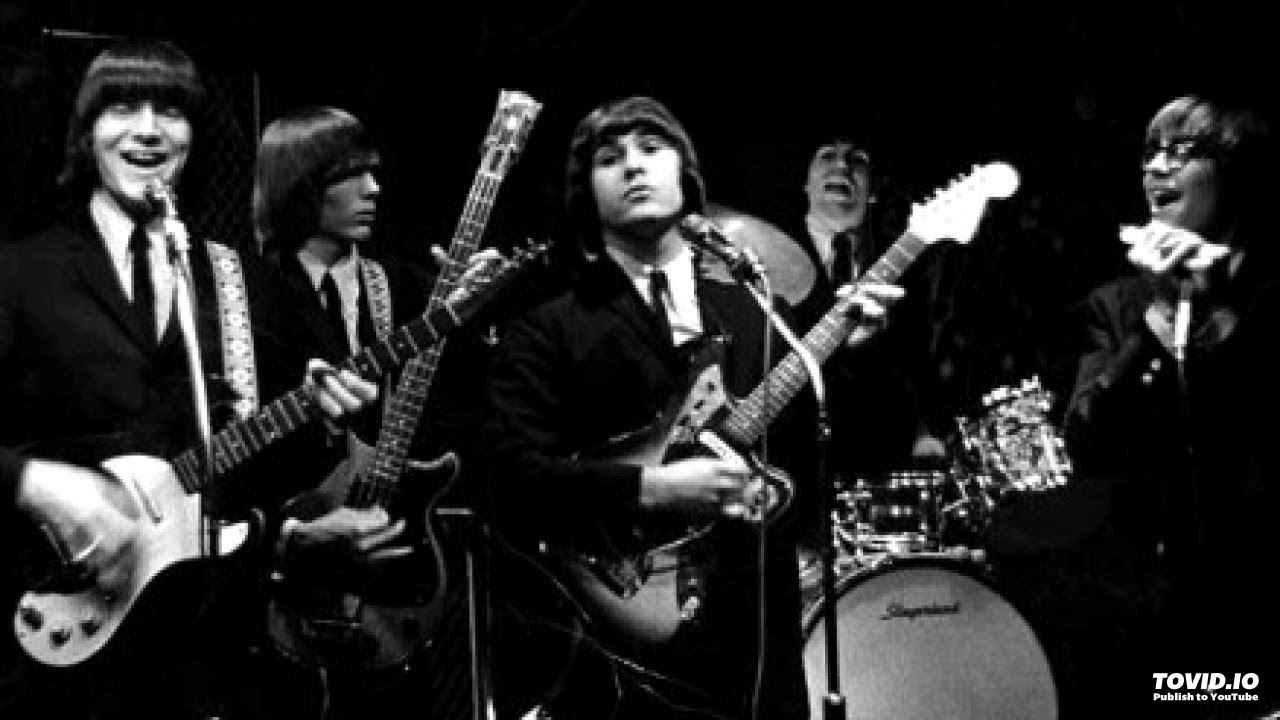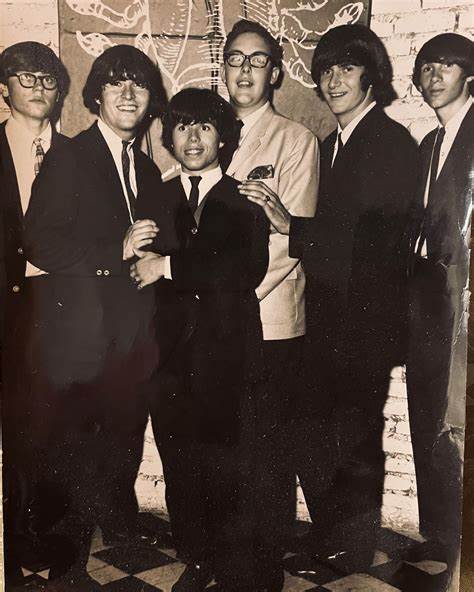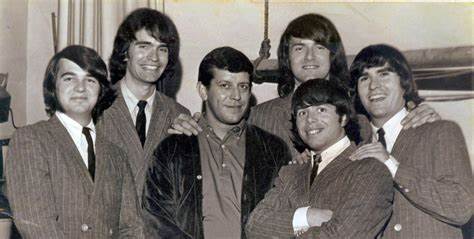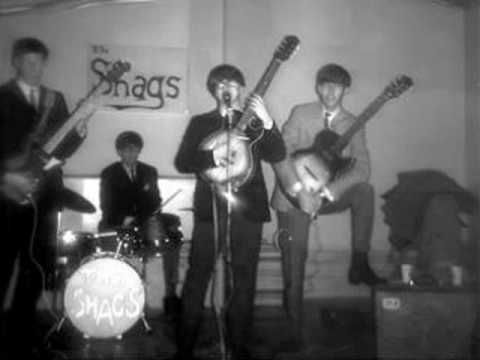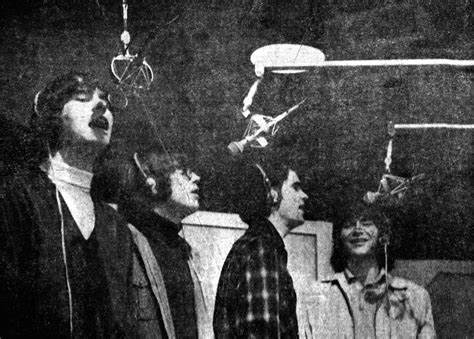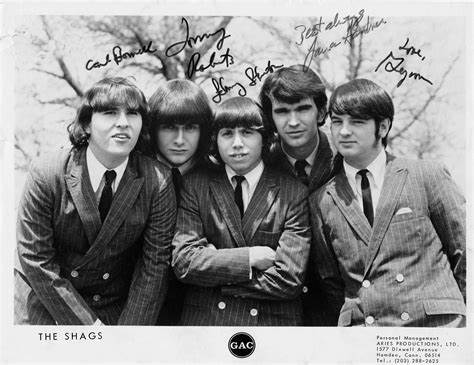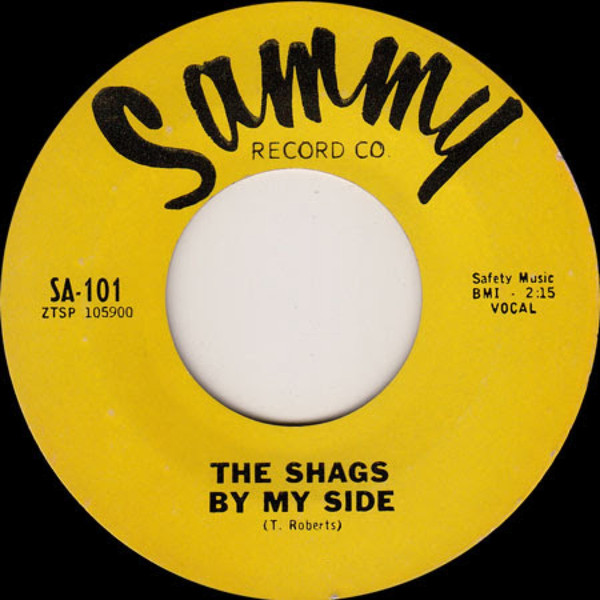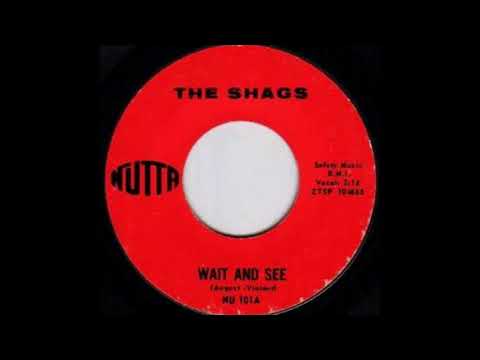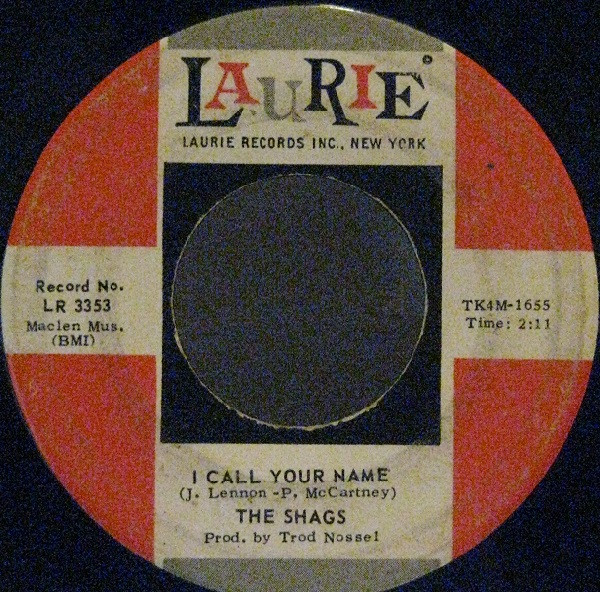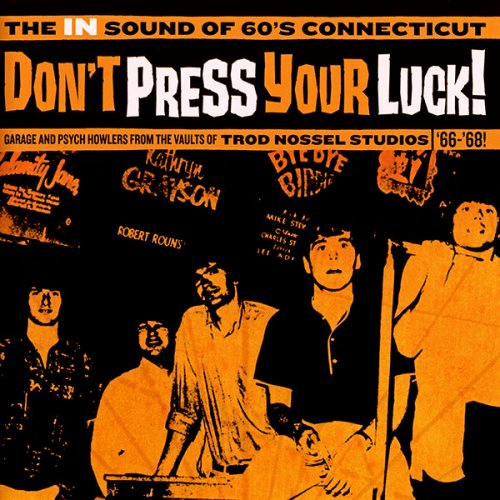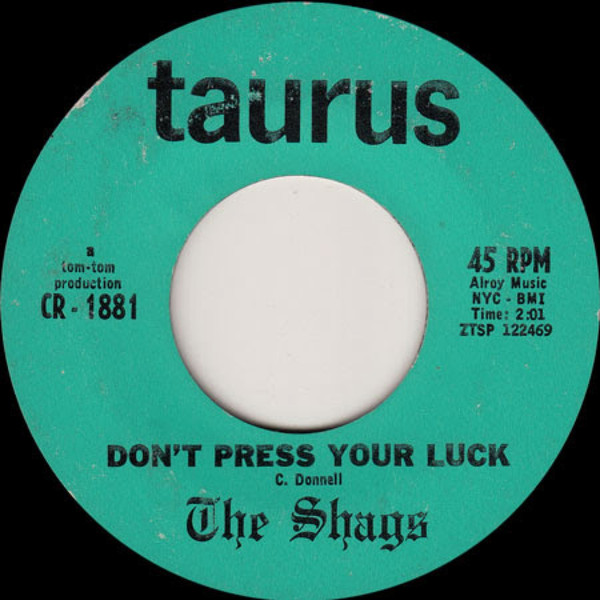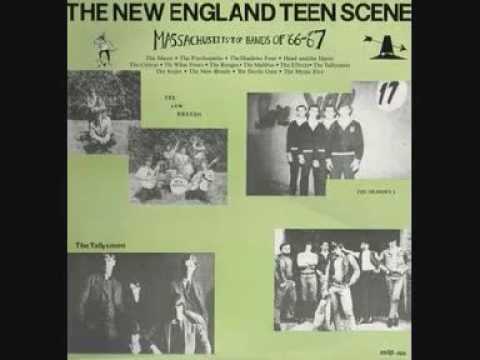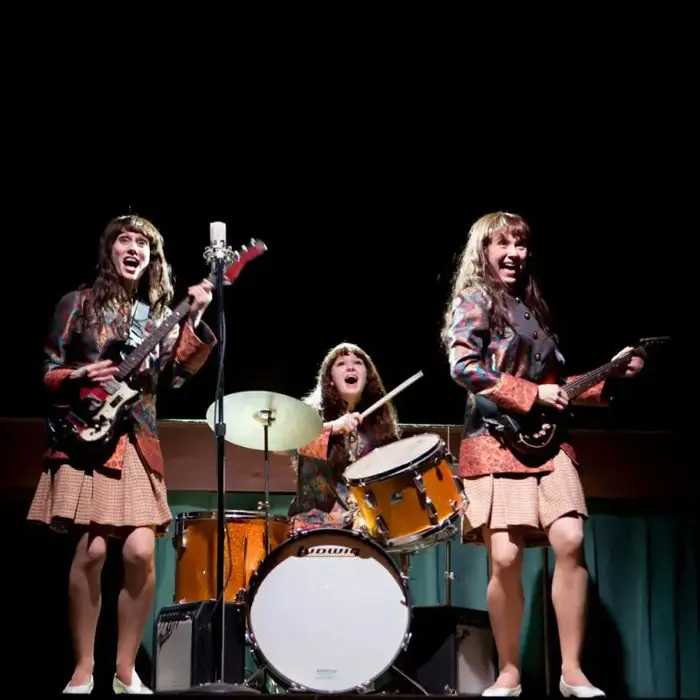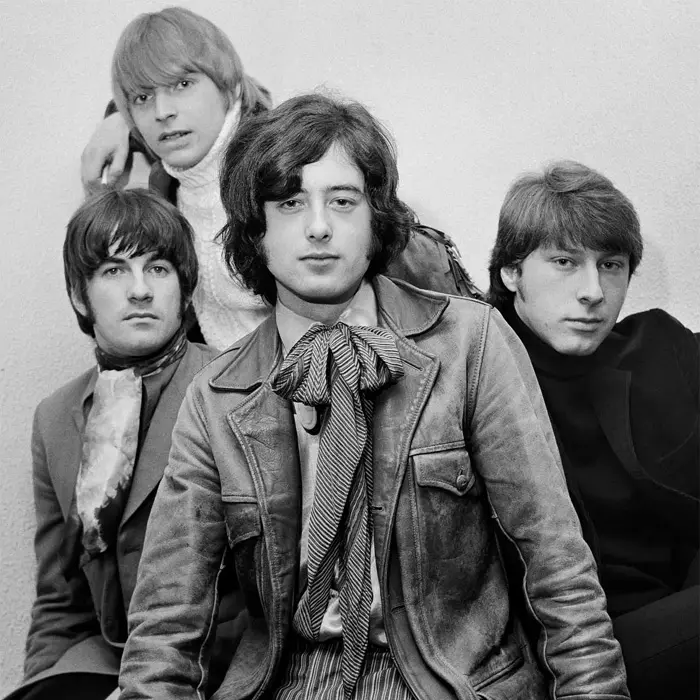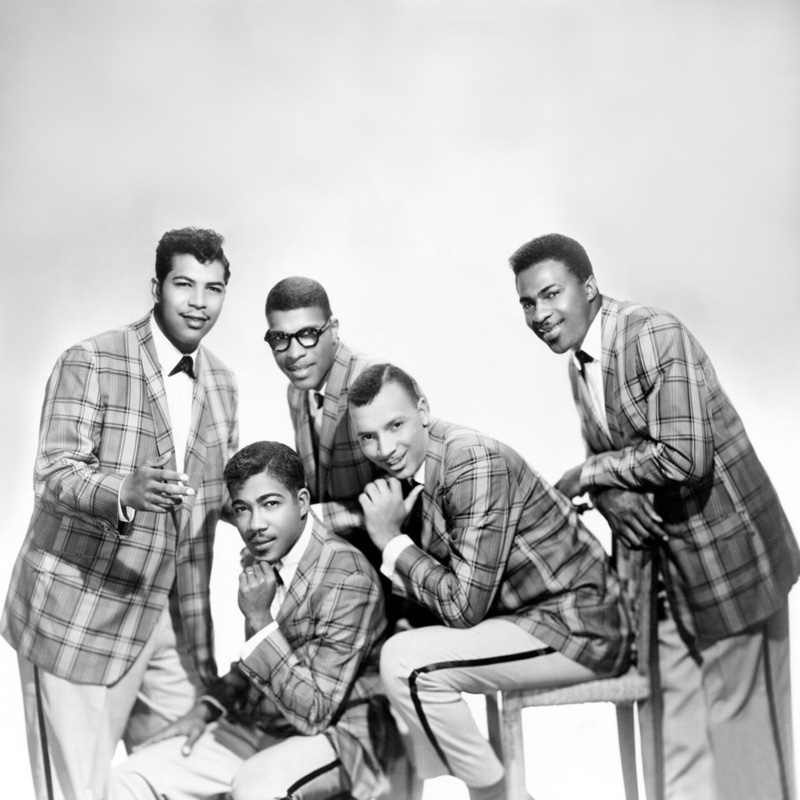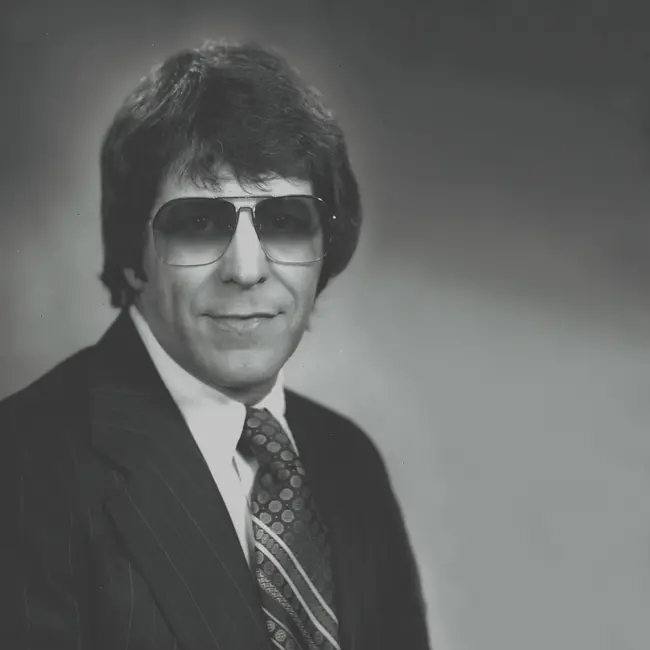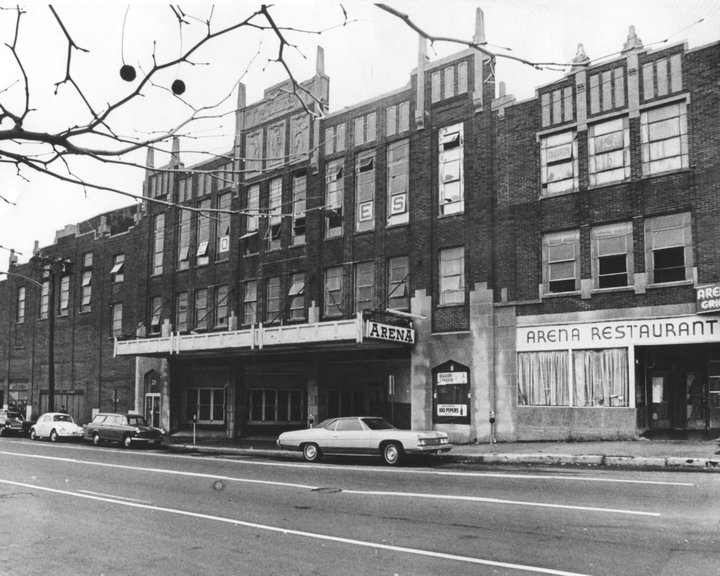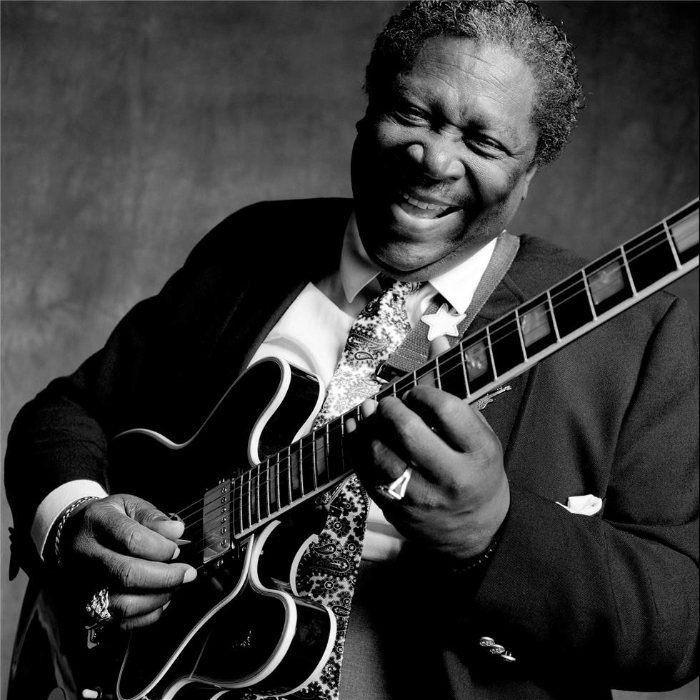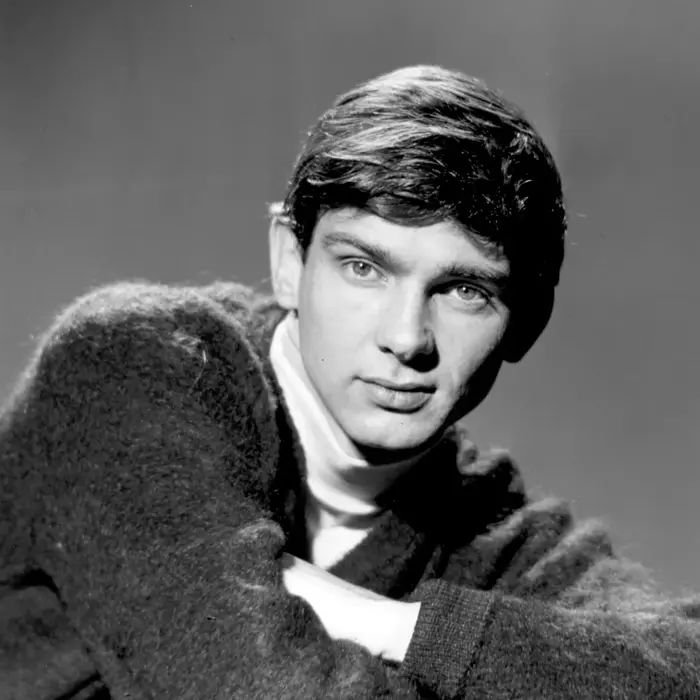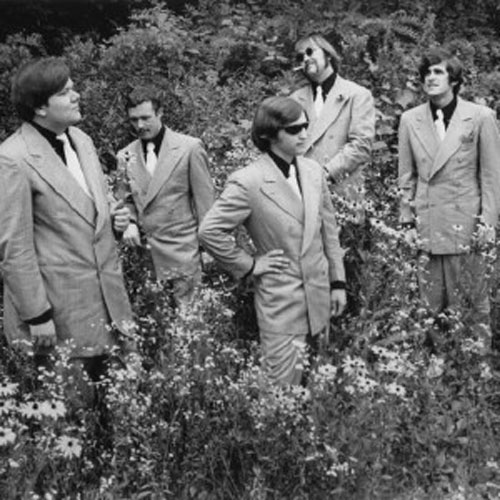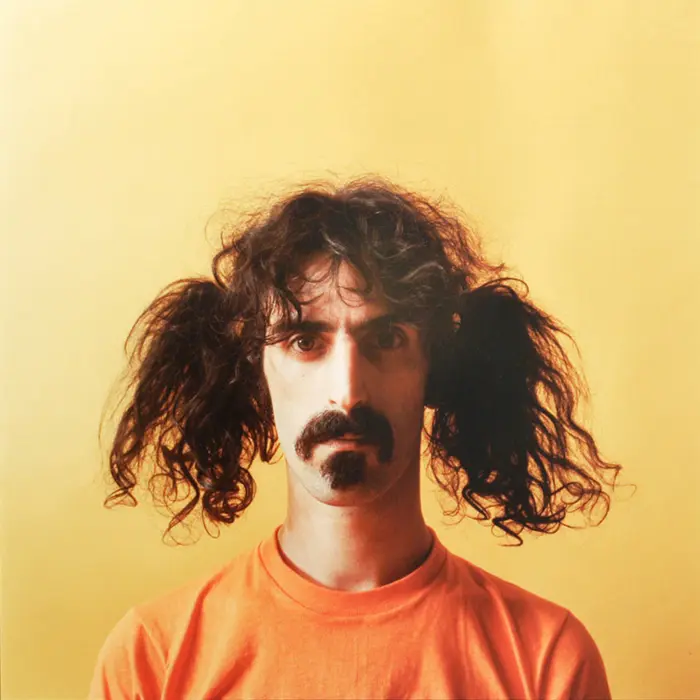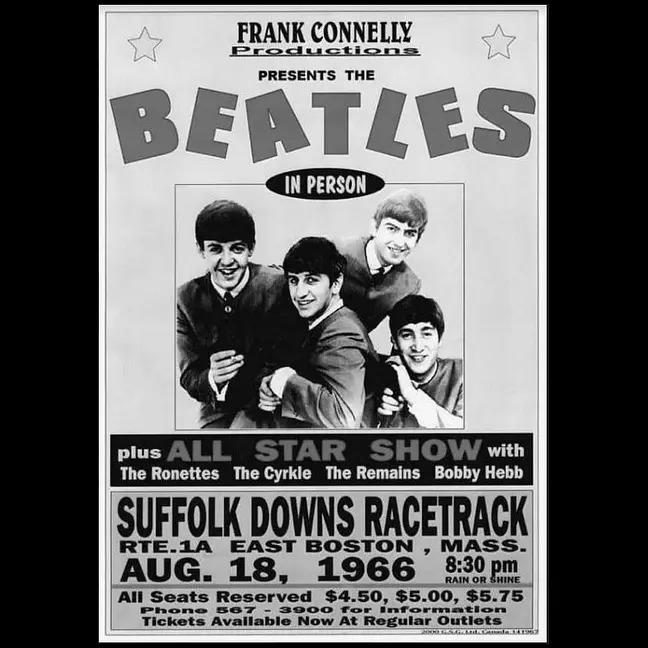The Shags
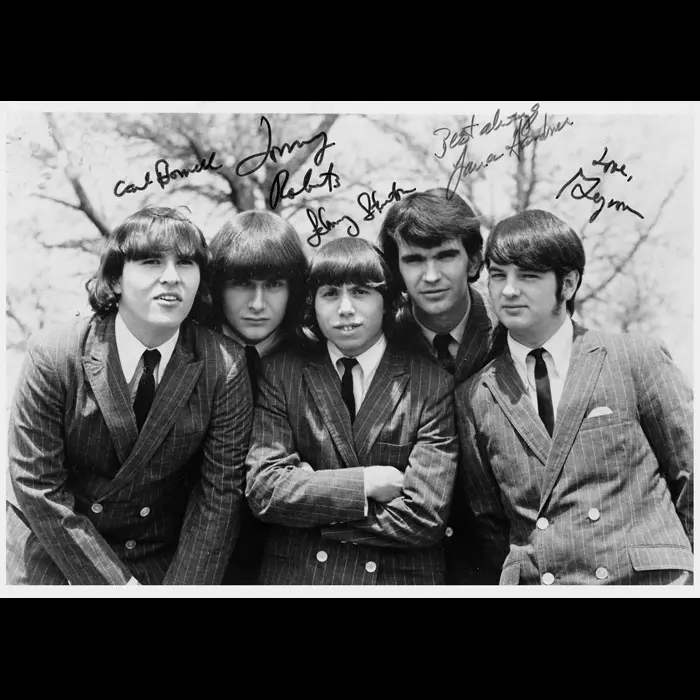
Mention “that ‘60s band called The Shags” and you’ll get very different responses depending on where people are from since four rock groups fitting that description left an audible legacy.
People from or from around Wisconsin will presume that you mean the group from Milwaukee that recorded “Stop and Listen” in 1967, often cited as the first anti-drug rock song. Those from or from around Manitoba with think you mean the one from Winnipeg that shortened their name to “Shag” in 1968 and included guitarist Greg Leskiw (later of The Guess Who). Folks from or from around New Hampshire will figure you mean The Shaggs from Freemont, a band Frank Zappa reportedly said were “better than The Beatles.”
And people from or from around Connecticut will assume you’re talking about the group whose songs were staples on WAVZ in New Haven and WDRC in Hartford, which makes perfect sense since they were arguably the most famous of the four and – ever since frontman Tom Violante registered “The Shags” as a trademark in 1995 – they have exclusive legal rights to the (single-g) name.
Formation, First Gig, Lineup Change
Formed in the summer of 1963 by students at West Haven’s Notre Dame High School, The Shags’ original lineup was the bass-less quintet of Violante (stage name Tommy Roberts, vocals/rhythm guitar), Carl Augusto (stage name Carl Donnell, lead guitar), Rich Ventura (rhythm guitar/vocals), Bobby Giannotti (rhythm guitar/vocals) and Eddie Staffieri (drums). Augusto had played with local surf rockers The Deltons, but none of the others had any experience and Violante and Giannotti actually bought their first guitars – Silvertone 1148s– after joining the group. The lineup changed multiple times over the band’s four-year existence, with Violante and Augusto being the anchors.
Before playing any gigs, the nameless group rehearsed in the Violante family’s garage on Cynthia Drive in West Haven for about 18 months, practicing mostly songs by The Kinks, The Beatles, The Beach Boys, The Dave Clark Five, The Everly Brothers, Buddy Holly and The Yardbirds. Their first public appearance was at the Villa Capri in Milford, at Violante’s mother and stepfather’s wedding reception, in November 1964. Soon afterwards, Ventura, Staffieri and Giannotti left the group, replaced by bassist Mike Goodwin and former Deltons drummer Johnny Tangredi, making the band a quartet.
Sam Goldman, Becoming “The Shags”
In early 1965, after the group had played several gigs as The Hollywood Drop-Outs, the former manager/producer of New Haven-based doo-wop trailblazers The Five Satins, Sam Goldman, became their manager, Billy Hall replaced Goodwin on bass and vocalist John “Aaron” Perkins joined the group’s live lineup. Goldman insisted on a shorter band name and the teenagers chose The Shags (based on The Beatles’ “shaggy” hairstyles) over Goldman’s recommendation, The Creeps. “Little did anyone know about the British meaning of the word ‘shag’ back then,” Violante told The Lance Monthly in 2006.
First Singles, Original Trod Nossel Artists
In the spring of 1965, The Shags recorded their first single, “Wait and See” (b/w “It Hurts Me Bad”) at A-1 Sound Studios on 56th Street in New York. Released on Nutta Records, it reached #5 in the local charts and in June they played at Yale’s Woolsey Hall as part of a fundraiser emceed by actor/singer/comedian Danny Thomas along with Chubby Checker (known for his 1960 smash “The Twist”) and Lesley Gore (known for her 1963 hit “It’s My Party”). Their second single, “By My Side” (b/w “Cause of You”), issued by Sammy Records in the fall, flopped and Goldman and The Shags went their separate ways.
Enter dentist-turned-producer Thomas “Doc” Cavalier of Hamden, who in late 1965 happened to meet The Shags’ drummer Tangredi at the New Haven Jewish Community Health Club and went to see the band play at West Haven’s House of Zodiac (on the corner of Forest Road and Derby Avenue). With a lifelong passion for music and a keen commercial sense, 31-year old Cavalier offered to manage the group and established Trod Nossel Artists with The Shags as the company’s first managerial client.
“He said he didn’t know anything about the business but was certain he could help us,” Violante said in 2006. “We knew he had deep pockets because he was a dentist, so [we thought] maybe he could sign the loans we were going to get our equipment with.”
Cavalier became more of a surrogate father than business manager to the teens, arranging gigs and transportation while providing them with rehearsal space in his home, where they had dinner with the Cavalier family regularly. He often booked recording time for them at Syncron Sound Studios in Wallingford, a microphone manufacturer with a recording division, and Cavalier acquired the recording side of Syncron’s business in 1968, founding what became Trod Nossel Productions & Recording Studios.
“Don’t Press Your Luck”, “The Beatles of Connecticut”
In May 1966, with no previous experience or formal training behind a sound board, Cavalier recorded and mixed The Shags’ single “Don’t Press Your Luck” b/w “Hey Little Girl,” issued on the Taurus label. Both tracks saw solid airplay around New England – especially “Don’t Press Your Luck,” which reached top-five lists on a number of stations – and the band taped lip-synched featurettes for a local TV program that never aired, The Show With A Very Long Title.
Now firmly established as one of the hottest acts in the Constitution State, for the rest of 1966 The Shags headlined small venues including The Shack in Watertown, The Sherry Shack in Branford and The Camaro Club in Westbrook while appearing at larger ones such as The Bushnell in Hartford, John F. Kennedy Stadium in Bridgeport, Woolsey Hall at Yale, New Haven Arena and the Oakdale Theatre in Wallingford as the opener for Simon & Garfunkel, The Byrds, The Lovin’ Spoonful, Paul Revere and the Raiders, B.B. King, The Rascals, The Righteous Brothers, The Coasters and The Animals, among others.
“We wore three-piece suits with vests, pointed boots. Our hair was long,” Violante told The New York Times in 2008. “People referred to us as ‘The Beatles of Connecticut’. But back then everybody sounded the same because we all wanted to sound like The Beatles.”
National Success, Disbanding, Reunions
In mid-1966, the band recorded its next single at Syncron, a Cavalier-engineered cover of Lennon-McCartney’s “I Call Your Name” (b/w “Hide Away”) released by Laurie Records in August, that went to #72 in the Billboard Hot 100, the band’s biggest hit. Next came “Tell Me” (b/w “As Long as I Have You”) on Kayden and “Breathe in my Ear” (b/w “Easy Street”) on Laurie, with the latter track reaching #101 nationally despite being banned by many stations below the Mason-Dixon Line for what were considered sexually suggestive lyrics.
In early 1968, after headlining what Violante has called their “best gig ever” – at the Oakdale, with 3,400 of its 3,600 seats filled – the band split, largely the result of creative differences regarding how to stay on top of the ever-evolving pop-music scene and respond to ongoing shifts in audiences’ musical tastes. Later that year, Augusto and Violante joined former members of psychedelic rockers Bram Rigg Set to form Pulse, a heavy-rock combo that recorded one self-titled LP in 1969.
The Shags reunited several times in the ‘80s and ‘90s, always fronted by Violante but including a revolving door of others including musicians from ‘60s Connecticut garage rockers The Road Runners and The Chosen Few. In 1994, the band was the opener for Dion and Hartford native Gene Pitney at The Oakdale Theater.
Don’t Press Your Luck!
In 2008, Sundazed Music released the 22-track compilation Don’t Press Your Luck! The In Sounds of 60’s Connecticut – using the title of The Shag’s first Cavalier-produced single – featuring a number of Cavalier-produced bands that recorded at Synchro Studios and Trod Nossel including The Shags, Bram Riggs Set and The Wildweeds.
When Cavalier’s daughter Darlene, now CEO/Executive Director of Trod Nossel Production & Recording Studios, told Violante that Sundazed was interested in releasing Shags material from the studio’s archive, he was concerned about the poor sound quality, but he was pleased with the result. “Sundazed did a terrific job of remastering the tapes,” he said in an interview with The Hartford Advocate in 2008. “They sound 10 times better than they did before.”
Asked in the same interview if he thought many fans would buy the new collection, he laughed out loud. “This is 40 years too late,” said the part-time musician and marketing consultant. “I can’t be a rock star at 61.”
(by D.S. Monahan)

